overleaf template galleryCommunity articles — Recent
Papers, presentations, reports and more, written in LaTeX and published by our community.
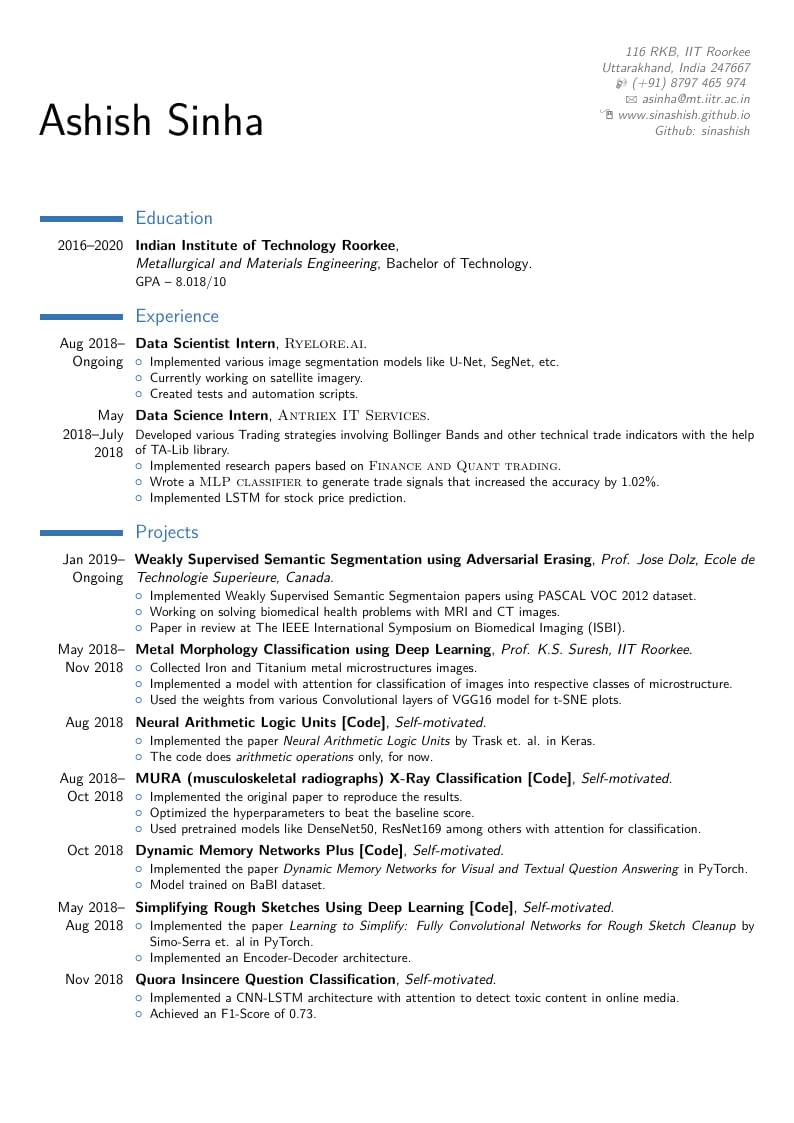
Ashish Sinha's Curriculum Vitae. Created with the Modern CV template>/a>.

Liturgia da IPB Central de Coronel Fabriciano
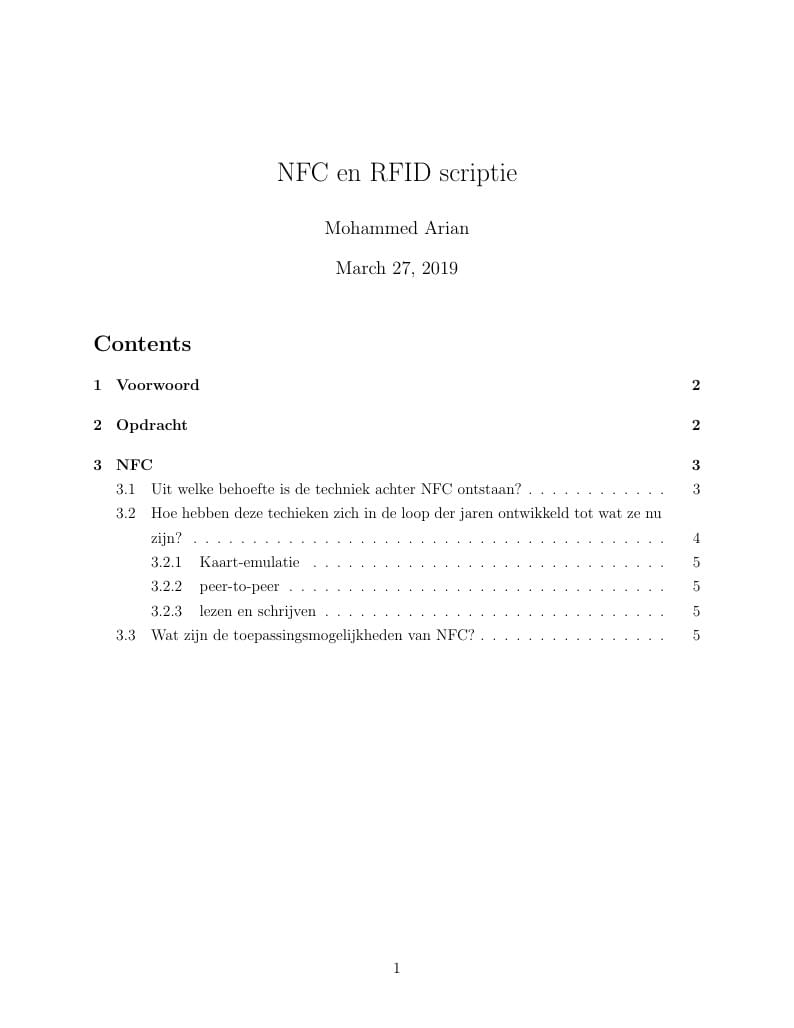
scriptie NFC en RFID. 1 Voorwoord Tegenwoordig ontwikkelt de technische wereld zich aardig snel. Als jij deze ontwikkelingen regelmatig volgt, dan komen de volgende termen Near Field Communication (NFC) en radiofrequentie-indentificatie (RFID) je zeker bekend voor. Dit is een technologie die op afstand informatie kan opslaan en lezen. Deze ontwikkeling in de technische wereld zoals NFC en RFID worden grootschalig uitgeprobeerd. NFC en RFID technologie maken handelingen zoals betalen makkelijker en sneller, daardoor ziet men er veel potentie in. Doormiddel van deze scriptie zal je kennis over dit onderwerp groter zijn.
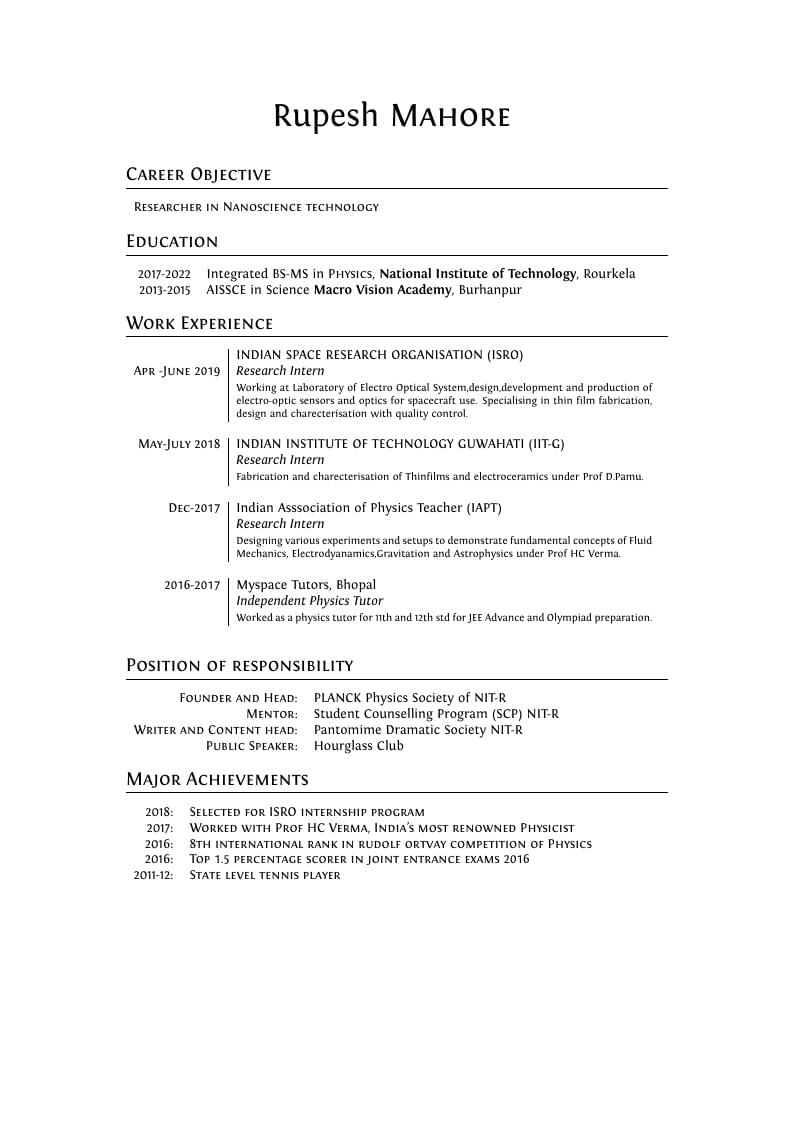
Rupesh Mahore's CV for physicist
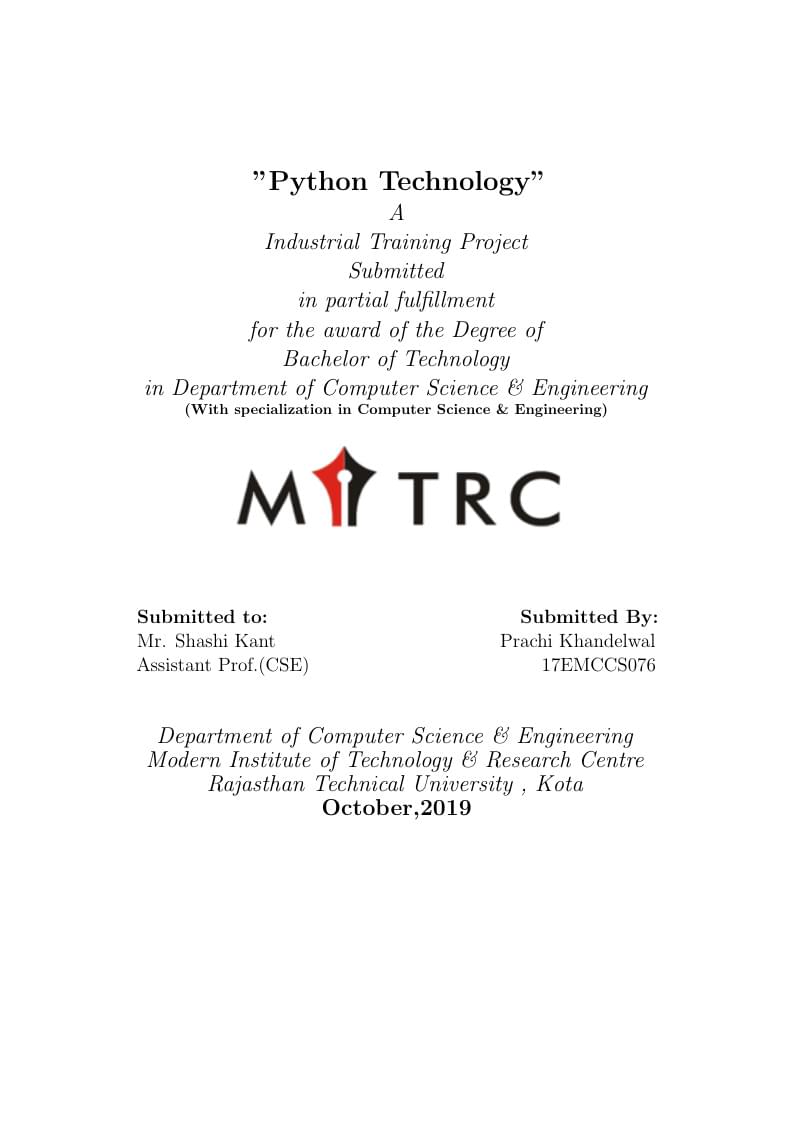
This report is about Python and Django and can be useful for students for report submission.
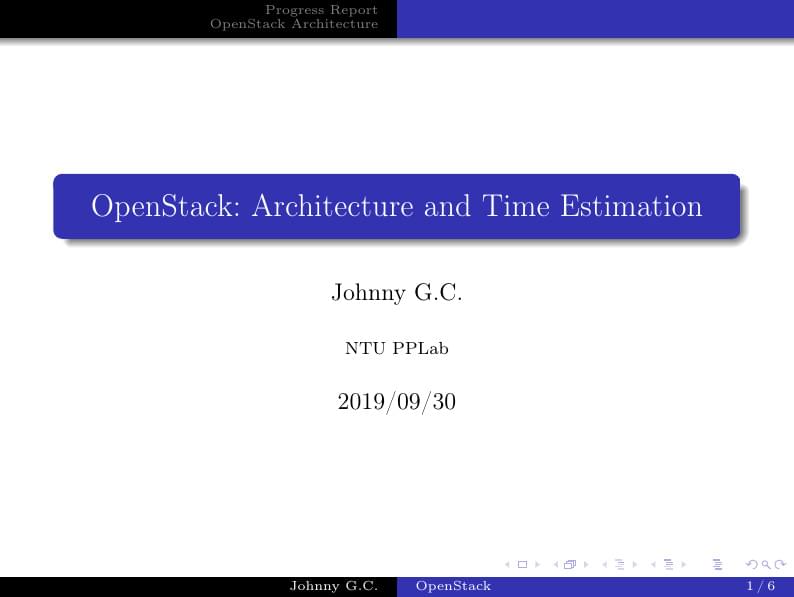
OpenStack: Architecture and Time Estimation; a project progress report presentation.
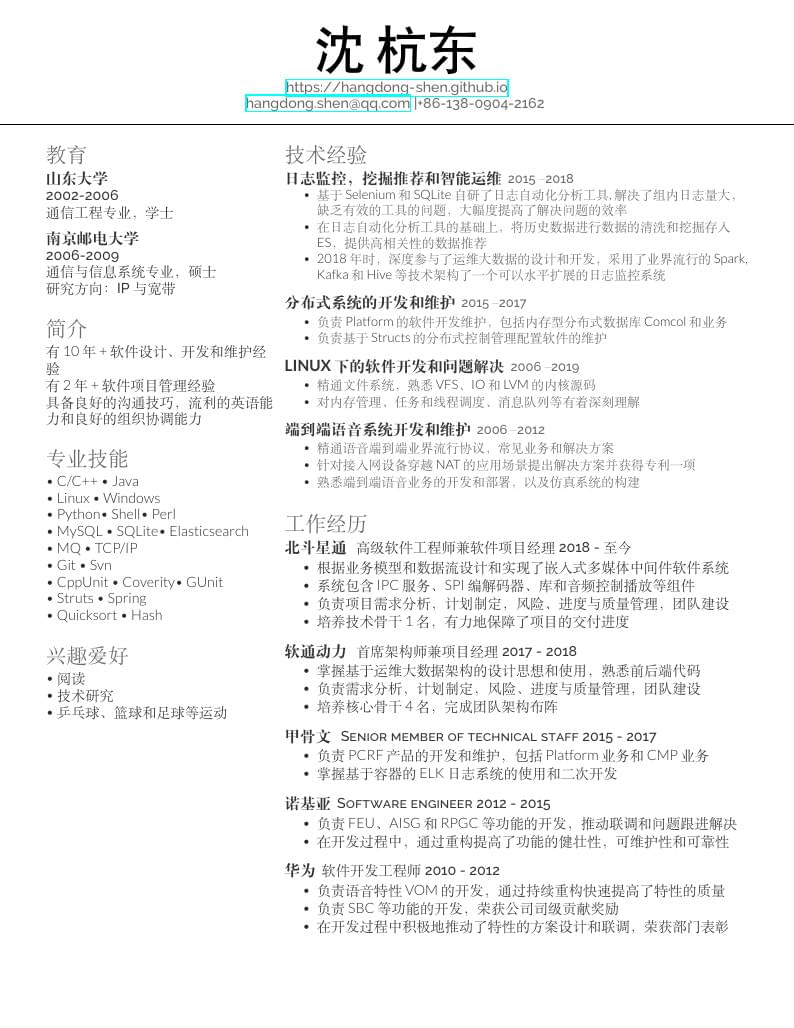
Hangdong's CV. Created based on the Deedy résumé template.

Exercício_Metododogia

Ritupon Gogoi's CV
\begin
Discover why over 20 million people worldwide trust Overleaf with their work.